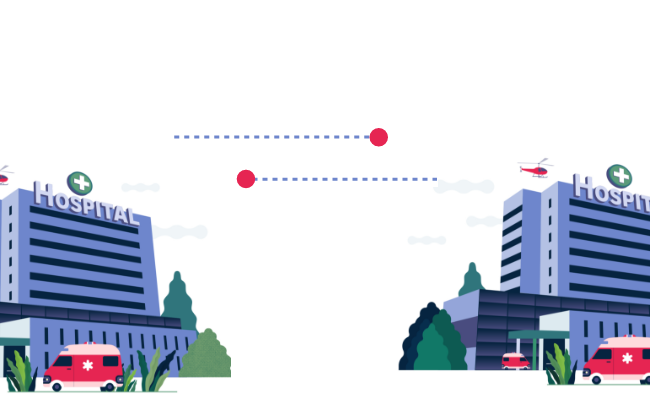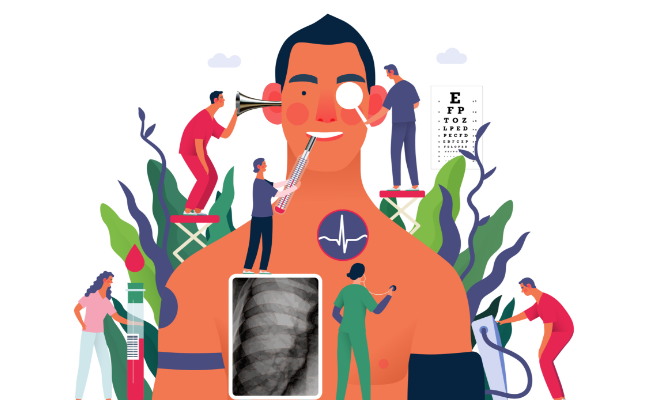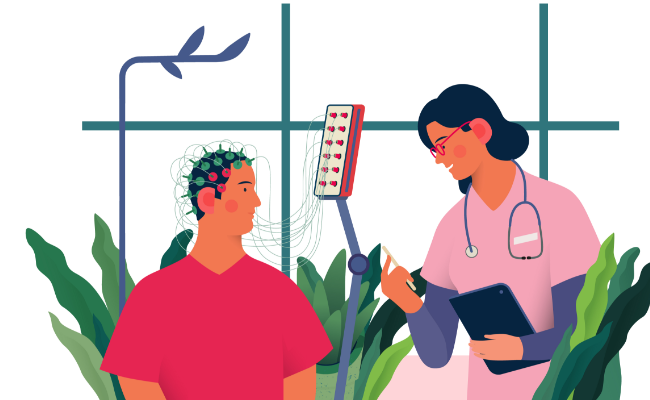Hospital readmissions have become a critical issue in healthcare, significantly impacting patient outcomes and increasing healthcare costs. In response, Transitional Care Management (TCM) programs have emerged as a vital strategy to ensure that patients experience smooth transitions from hospital to home or other care settings, thereby reducing the risk of readmissions. This blog explores the importance of TCM programs in preventing hospital readmissions, improving patient outcomes, and creating a more cost-effective healthcare system.
The Challenge of Hospital Readmissions
Hospital readmissions occur when a patient who has been discharged from a hospital is readmitted within a short period, usually within 30 days. According to the Centers for Medicare & Medicaid Services (CMS), nearly 20% of Medicare patients are readmitted within 30 days of discharge, costing the healthcare system approximately $26 billion annually, with $17 billion of that amount deemed preventable.
Readmissions are often caused by a lack of adequate follow-up care, poor coordination between healthcare providers, and insufficient patient education. These gaps in care are particularly problematic for patients with chronic conditions, who are at higher risk of complications post-discharge. As a result, healthcare systems are looking for ways to close these gaps and enhance post-discharge care.
The Role of Transitional Care Management in Reducing Readmissions
Transitional Care Management (TCM) is designed to fill the gaps in care following a patient’s discharge from the hospital. The primary goal of TCM is to ensure that patients receive timely follow-up care, which helps to prevent complications, reduce the likelihood of readmission, and improve overall outcomes. TCM services typically include:
- Post-discharge Communication: TCM programs emphasize timely follow-up with patients after discharge. Within two business days, a healthcare provider should reach out to the patient to assess their condition, answer questions, and provide further instructions.
- Face-to-face Visits: Within 7-14 days, patients are scheduled for a follow-up visit to evaluate their recovery progress, review medications, and address any new or existing health concerns. This visit is critical to identifying potential issues early, preventing complications, and ensuring patients adhere to their post-discharge care plan.
- Care Coordination: TCM programs aim to improve communication and coordination between different healthcare providers involved in the patient’s care, including primary care physicians, specialists, home health services, and pharmacists. This coordination ensures that all providers are on the same page, preventing fragmented care that can lead to readmissions.
- Patient and Caregiver Education: Educating patients and caregivers about the patient’s condition, medications, follow-up care, and warning signs of potential complications is vital to successful recovery. TCM services offer ongoing education to empower patients to manage their health post-discharge effectively.
- Medication Management: Adverse drug events are a common cause of readmissions. TCM programs focus on reviewing patients’ medications during follow-up visits, addressing potential drug interactions, ensuring adherence to prescriptions, and adjusting medication plans as needed.
The Impact of Transitional Care on Patient Outcomes
Studies show that TCM programs significantly reduce the likelihood of hospital readmissions. Research published in the Journal of General Internal Medicine found that Medicare patients enrolled in TCM programs experienced a 13% reduction in readmissions compared to patients who did not receive these services. Another study published in Health Affairs reported a 20% decrease in 30-day readmissions for patients receiving high-quality transitional care.
Beyond reducing readmissions, TCM programs also contribute to better patient outcomes by:
- Improving continuity of care: With better coordination between providers and regular follow-up, patients are more likely to receive the care they need in a timely manner.
- Enhancing patient satisfaction: TCM services provide personalized attention and clear communication, which improve the patient experience and lead to higher satisfaction rates.
- Reducing healthcare costs: Fewer readmissions result in lower healthcare costs, benefiting both the healthcare system and patients.
Key Strategies for Effective Transitional Care Management
To maximize the effectiveness of TCM programs and reduce readmissions, healthcare providers should focus on the following strategies:
- Early Discharge Planning: Successful TCM begins before discharge. Providers should assess a patient’s needs for post-discharge care during the hospital stay, creating a plan that includes follow-up visits, medication management, and referrals to other services such as home health care.
- Use of Digital Health Platforms: Digital health platforms, such as HealthViewX, can streamline care coordination by connecting various providers, tracking patient progress, and sending automatic reminders for follow-up appointments and medication adherence.
- Patient-centered Care: TCM should be tailored to the unique needs of each patient. Personalized care plans that take into account the patient’s medical history, social determinants of health, and family support can improve outcomes and prevent readmissions.
- Focus on High-Risk Patients: Patients with chronic conditions, recent surgeries, or social risk factors are more likely to be readmitted. Identifying and prioritizing these patients for TCM services can yield the greatest impact in reducing readmissions.
- Data-driven Approaches: Providers can use data analytics to identify patterns in readmissions, enabling them to refine their TCM programs and address common issues that lead to hospital readmissions.
Conclusion
Transitional Care Management is a proven approach to improving patient outcomes and reducing hospital readmissions. TCM programs can significantly lower the risk of preventable readmissions by providing timely follow-up care, coordinating between healthcare providers, and ensuring patients and caregivers are well-informed. As the healthcare industry continues to focus on value-based care, TCM will remain essential in reducing costs, improving patient satisfaction, and enhancing the quality of care.
To fully realize the benefits of TCM, healthcare organizations must embrace innovative solutions, such as digital health platforms, to streamline care coordination and ensure that all patients receive the support they need during the critical post-discharge period.
Sources:
- Centers for Medicare & Medicaid Services (CMS)
- Journal of General Internal Medicine
- Health Affairs












